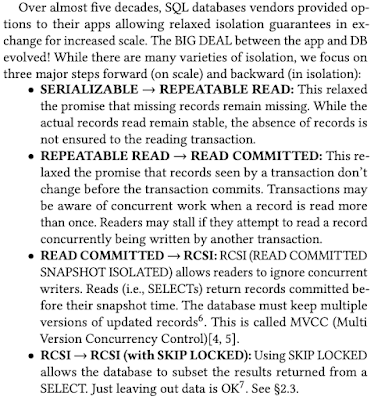Recent reads (July 2025)
I know I should call this recent listens, but I am stuck with the series name. So here it goes. These are some recent "reads" this month. Billion Dollar Whale Reading the Billion Dollar Whale was exhausting. I am not talking about the writing, which was well-paced and packed with a lot of detail. The problem is the subject, Jho Low , who is a slippery and soulless character, who conned Malaysia out of billions via the 1Malaysia Development Berhad sovereign wealth fund. Jho Low is a Wharton grad. He is a big spender and party boy. Dropping millions of dollars a night for gambling and partying. His party buddies included Leonardo DiCaprio, Paris Hilton, and Jamie Foxx. Jho was a showoff and pretentious ass. What does Wharton teach these people? Do they actively recruit for this type of people? Jho was aided by the complicity of Prime Minister Najib Razak and his luxury-addicted wife. We are talking entire stores shut down for private shopping and flights hauling nothin...









